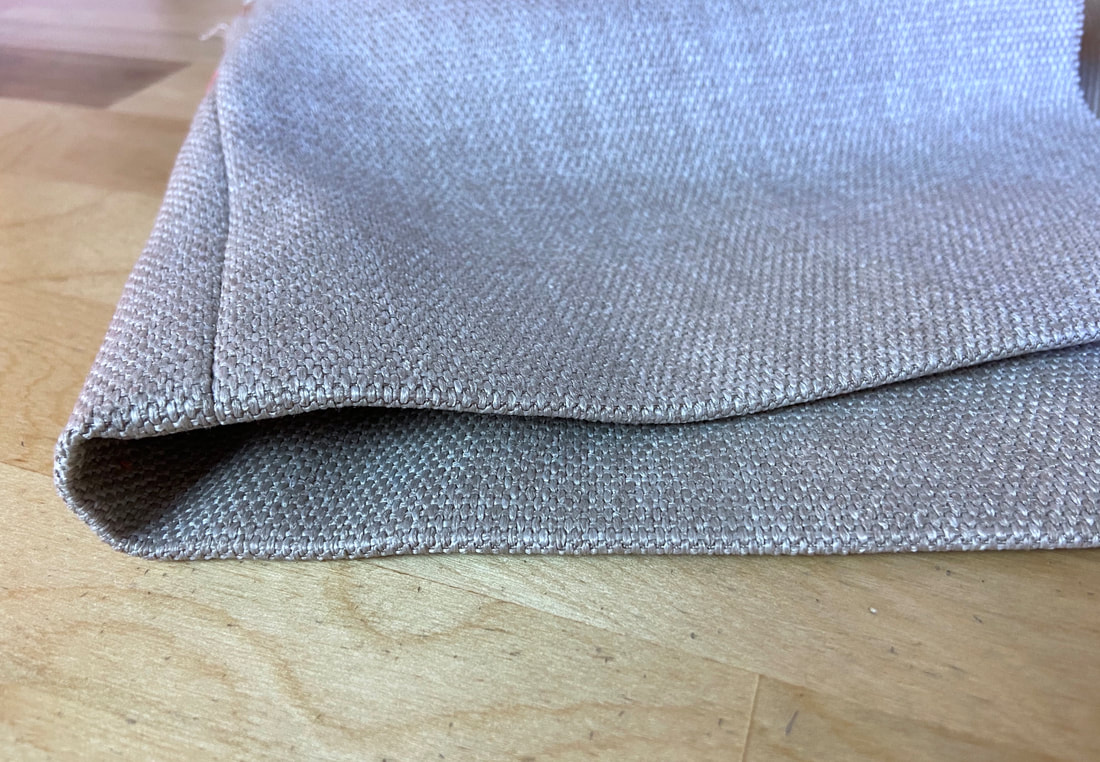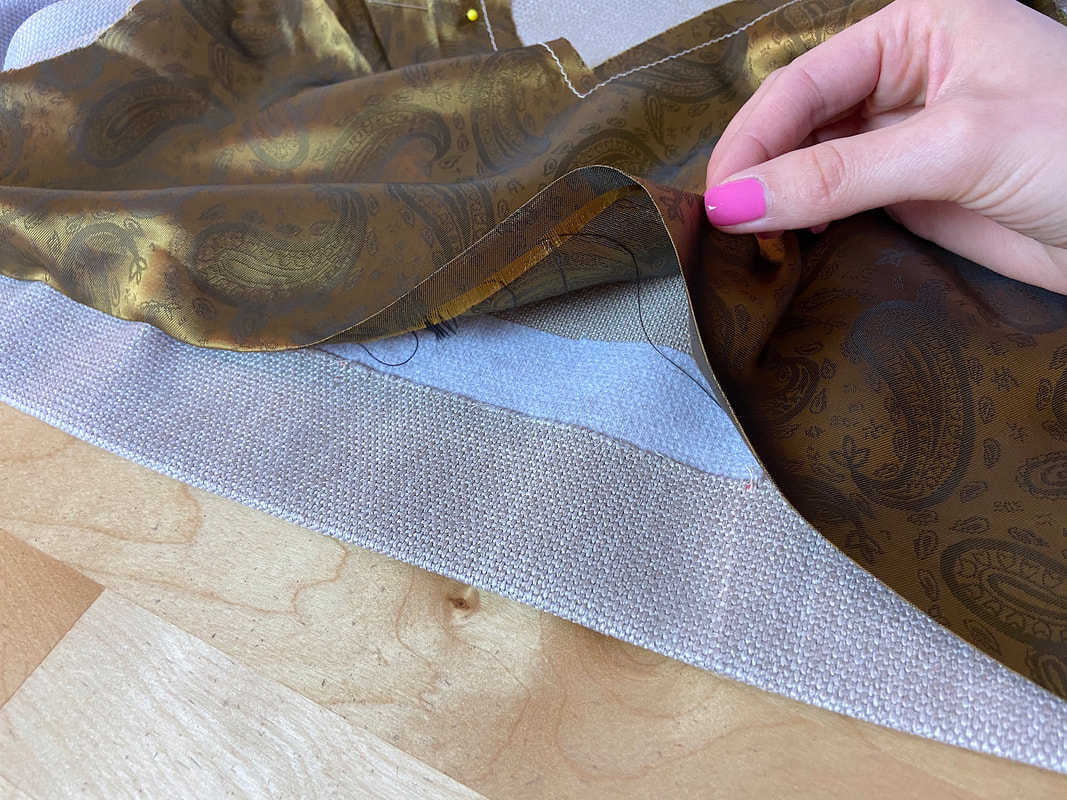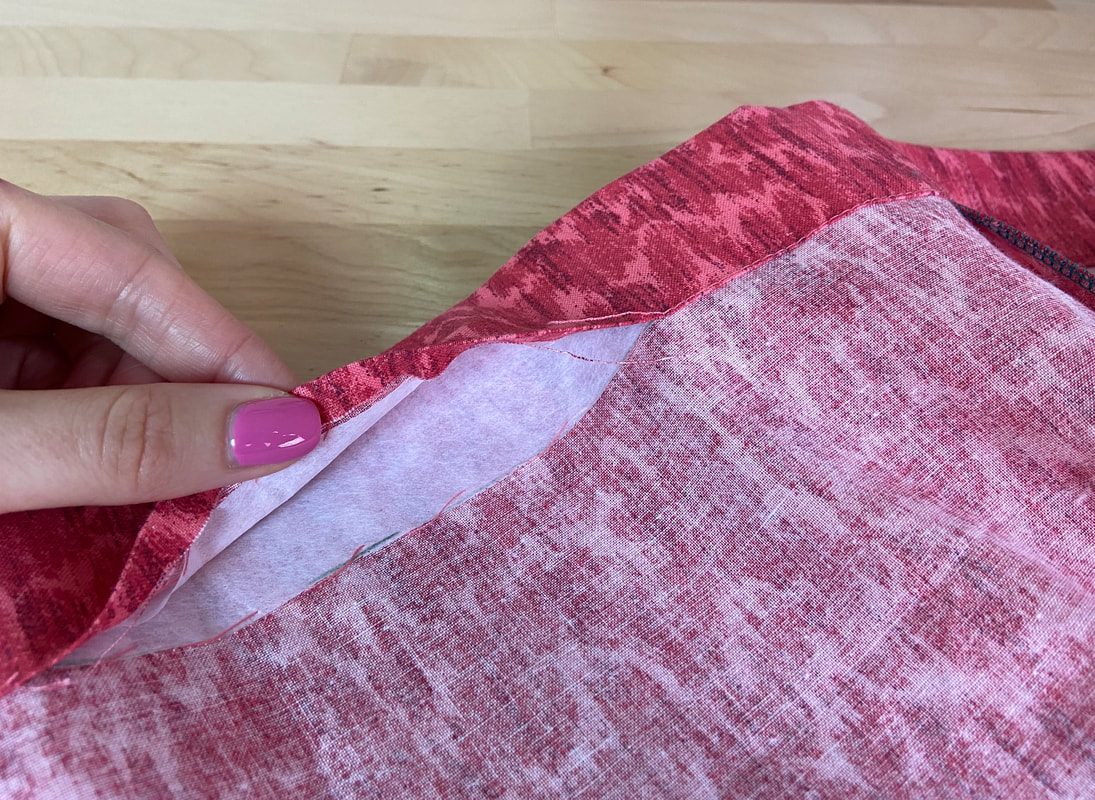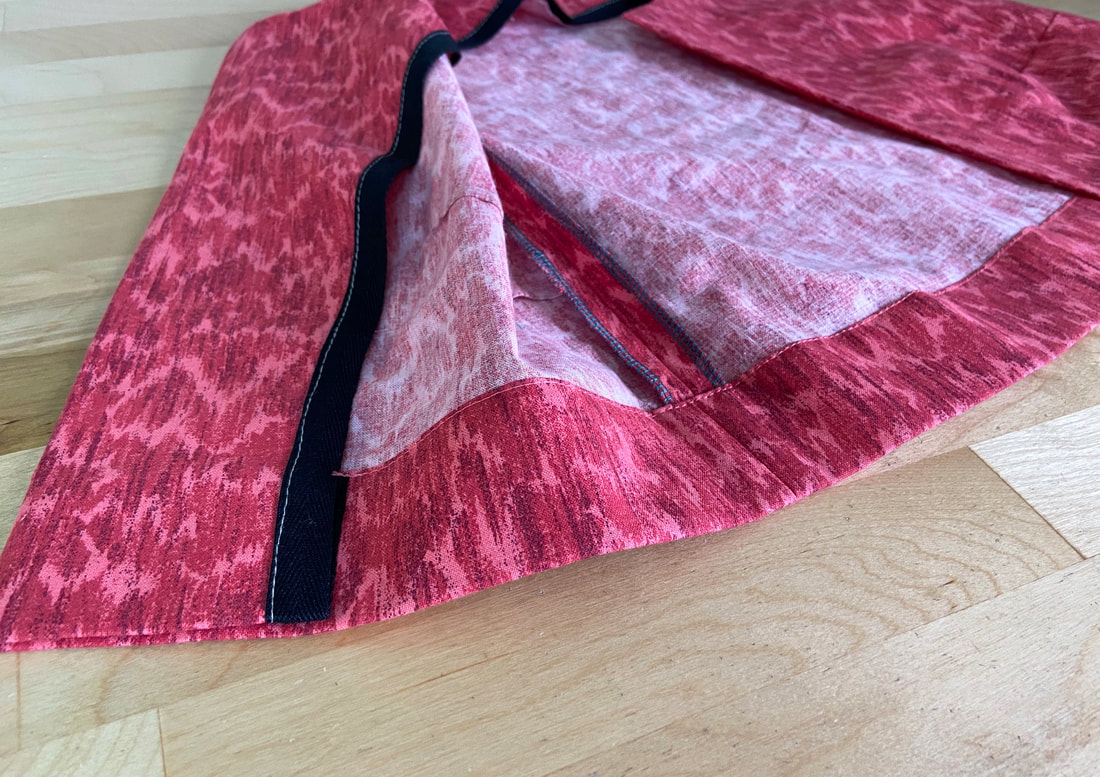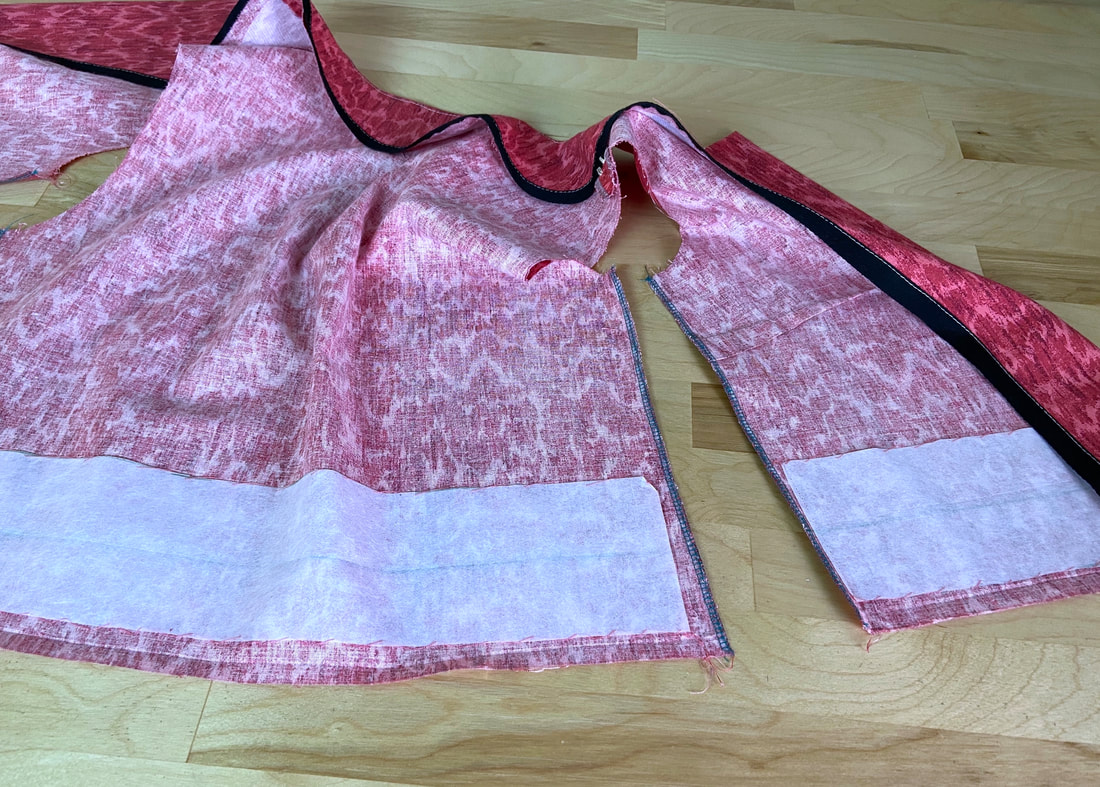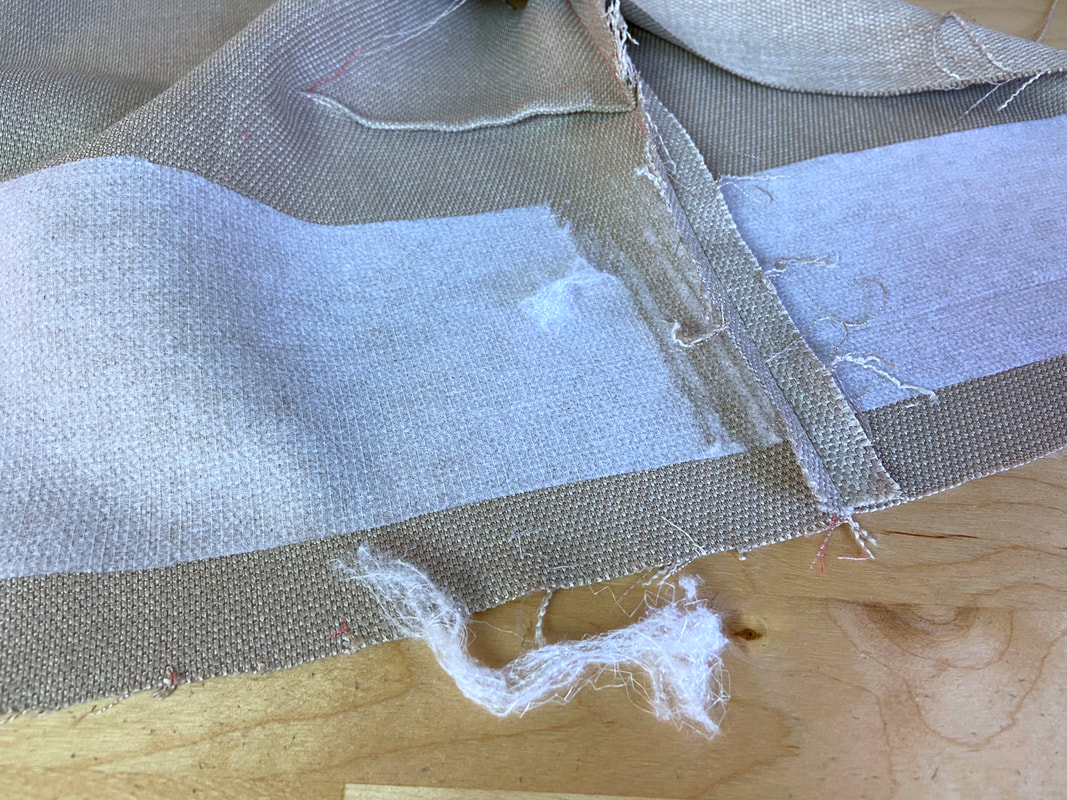Using Interfacing At The Garment's Hem: Overview
Interfacing, when used at the hem, can make or break a garment.
If used correctly, it adds structure and stability along the hemline allowing a tailored garment to hang perfectly and maintain its structure throughout the garment's life span. When used incorrectly, the interfacing can inhibit the fabric's natural movement, adding too much weight and stiffness to the finished hem.
That being said, here are some conventions to keep in mind:
If used correctly, it adds structure and stability along the hemline allowing a tailored garment to hang perfectly and maintain its structure throughout the garment's life span. When used incorrectly, the interfacing can inhibit the fabric's natural movement, adding too much weight and stiffness to the finished hem.
That being said, here are some conventions to keep in mind:
Interfacing adds structure and a bit of stiffness to the garment's finished hem. For that reason, it is a perfect addition to mediumweight or heavier clothing items like jackets, coats, and tailored bottoms.
Interfacing should never be visible on either the face or wrong side of the garment.
If the garment is fully lined, the interfacing is usually placed an inch or two above the folded hem allowance edge as shown above. This placement creates a smooth finish, hiding any potential creasing created by the hem allowance edges (which can sometimes be visible from the garment's face side).
If the garment is fully lined, the interfacing is usually placed an inch or two above the folded hem allowance edge as shown above. This placement creates a smooth finish, hiding any potential creasing created by the hem allowance edges (which can sometimes be visible from the garment's face side).
If the garment is unlined, the interfacing should be fully hidden by the finished hem allowance layer. This application will usually require a much wider hem allowance able to not only fully encase the interfacing strip, but also balance well with the rest of the garment.
In order to ensure that the interfacing remains fully hidden, the interfacing strip is cut only 1" wider than the hem allowance width. For example, if the hem allowance is 2”, the resulting interfacing strip will be 3” wide.
The strip is then placed such that its center (1.5”) is aligned directly on the hemline. It helps, in this case, to transfer the hemline to the fabric's wrong side.
The strip is then placed such that its center (1.5”) is aligned directly on the hemline. It helps, in this case, to transfer the hemline to the fabric's wrong side.
Keep in mind that fusible interfacing, once attached, is permanent so it is good practice to double check your placement a few times before finally bonding the interfacing layer. If you attempt to remove it after the fact, the only thing that will come off is the fiber webbing- the adhesive will stay behind permanently.

